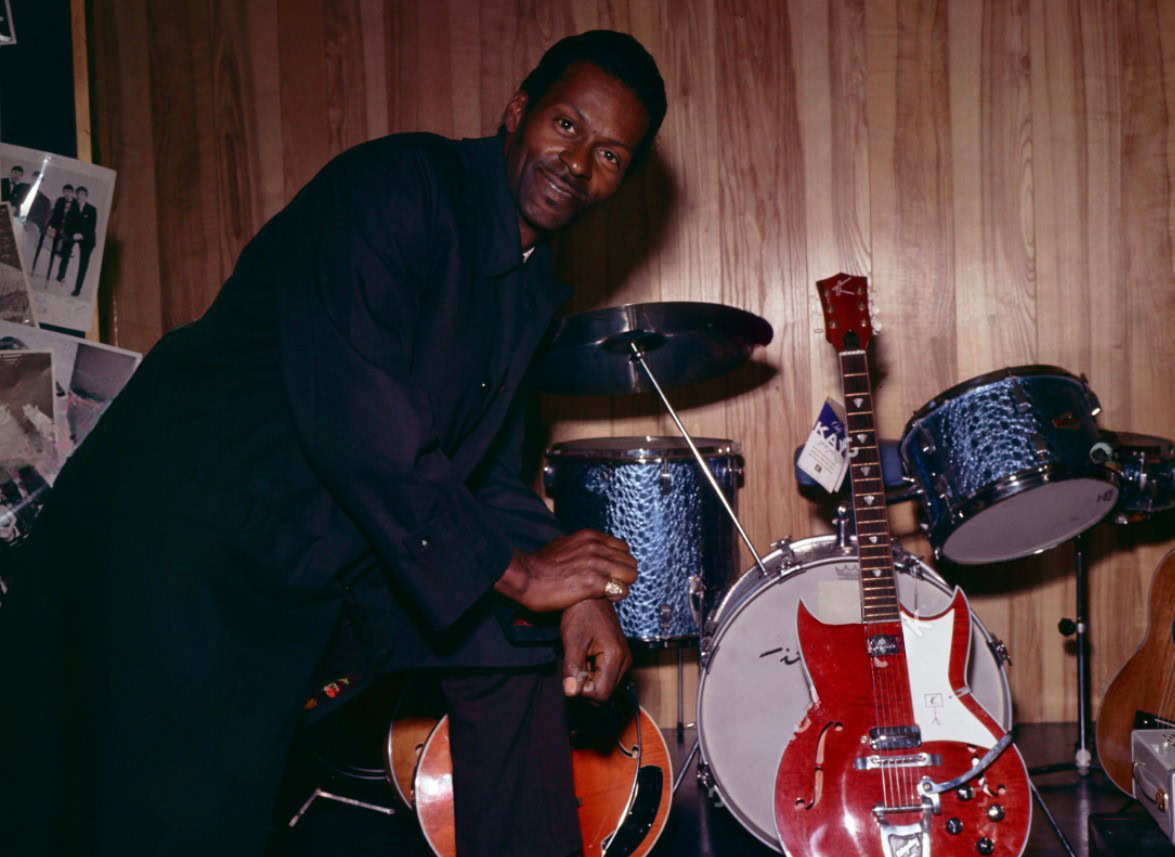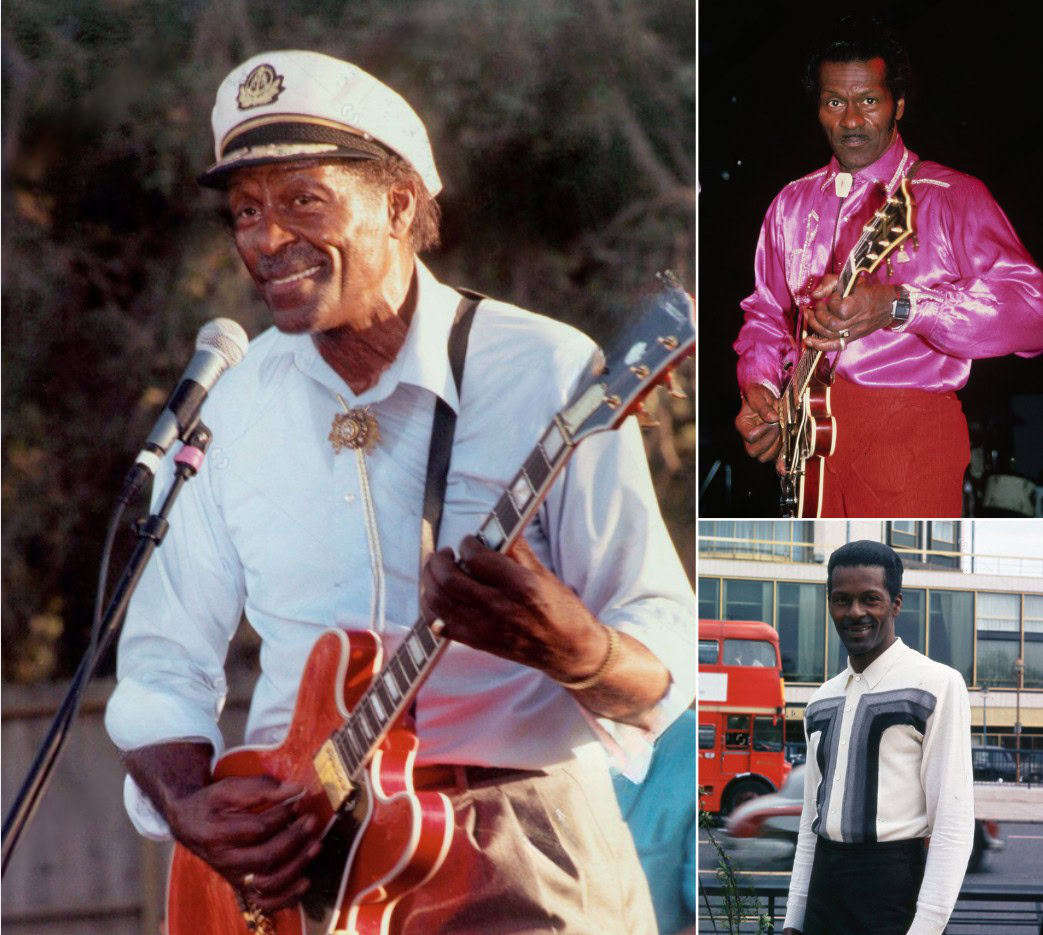
About the song
If you’re a fan of rock ‘n’ roll, there’s no doubt you’ve heard the name Chuck Berry. His influence on the genre is immeasurable. As one of the pioneers of rock and roll, Berry’s music was a powerful force in shaping the sound and culture of the 1950s.
One of his most celebrated songs, Maybellene, is often cited as one of the first rock ‘n’ roll records. Released in 1955, this energetic tune captured the hearts of teenagers and adults alike. What makes Maybellene so special? Let’s dive in.
First, there’s the catchy melody. The simple, repetitive guitar riff is incredibly infectious and easy to remember. Berry’s vocals are filled with raw energy and excitement, perfectly capturing the youthful spirit of the era. The lyrics, while simple, tell a universal story of young love and heartbreak. It’s a tale that has resonated with audiences for generations.
But it’s not just the catchy tune and relatable lyrics that make Maybellene a classic. There’s also the song’s historical significance. Released at a time when racial segregation was still prevalent in the United States, Maybellene helped to break down barriers and unite people of different backgrounds through music. Berry’s ability to blend elements of blues, country, and rhythm and blues into a unique and exciting new sound was groundbreaking.
Maybellene is more than just a song; it’s a cultural touchstone. It’s a reminder of a simpler time, a time when music had the power to bring people together. The song’s influence can be heard in the music of countless artists who have followed in Berry’s footsteps, from the Beatles to the Rolling Stones.
So, the next time you hear Chuck Berry’s Maybellene, take a moment to appreciate the song’s significance. It’s a testament to the power of music to transcend generations and unite people from all walks of life.
Would you like me to add anything specific to the introduction, such as a personal anecdote, a deeper dive into the lyrics, or a comparison to other songs of the era?
Here are some additional ideas to consider:
- Historical context: You could provide more details about the social and cultural climate of the 1950s and how Maybellene reflected the attitudes and aspirations of young people at the time.
- Musical analysis: You could break down the song’s structure, instrumentation, and chord progressions to highlight what makes it so effective.
- Legacy: You could discuss the song’s enduring popularity and its impact on subsequent generations of musicians.
Video
Lyrics
Maybellene, why can’t you be true?
Oh, Maybellene, why can’t you be true?
You done started doing the things you used to do
As I was motivatin’ over the hill
I saw Maybellene in a Coupé de Ville
A Cadillac a-rollin on the open road
Nothin’ will outrun my V-8 Ford
The Cadillac doin’ ’bout 95
She bumper to bumper, rollin’ side by side
Maybellene, why can’t you be true?
Oh, Maybellene, why can’t you be true?
You done started back doin’ the things you used to do
The Cadillac pulled up at 104
The Ford got hot and wouldn’t do no more
It done got cloudy and started to rain
I tooted my horn for the passin’ lane
The rain water blowin’ all under my hood
I knew that wasn’t doin’ my motor good
Maybellene, why can’t you be true?
Oh, Maybellene, why can’t you be true?
You done started back doin’ the things you used to do
Oh, Maybellene, why can’t you be true?
Oh, Maybellene, why can’t you be true?
You done started back doin’ the things you used to do
The motor cooled down, the heat went down
And that’s when I heard that highway sound
Cadillac sittin’ like toad on a lake
A 110, a half mile ahead
The Cadillac lookin’ like it’s sittin’ still
And I caught Maybellene at the top of the hill
Maybellene, why can’t you be true?
Oh, Maybellene, why can’t you be true?
You done started back doin’ the things you used to do
